The untold story of the architect who turned Spain’s modernist power plants into art
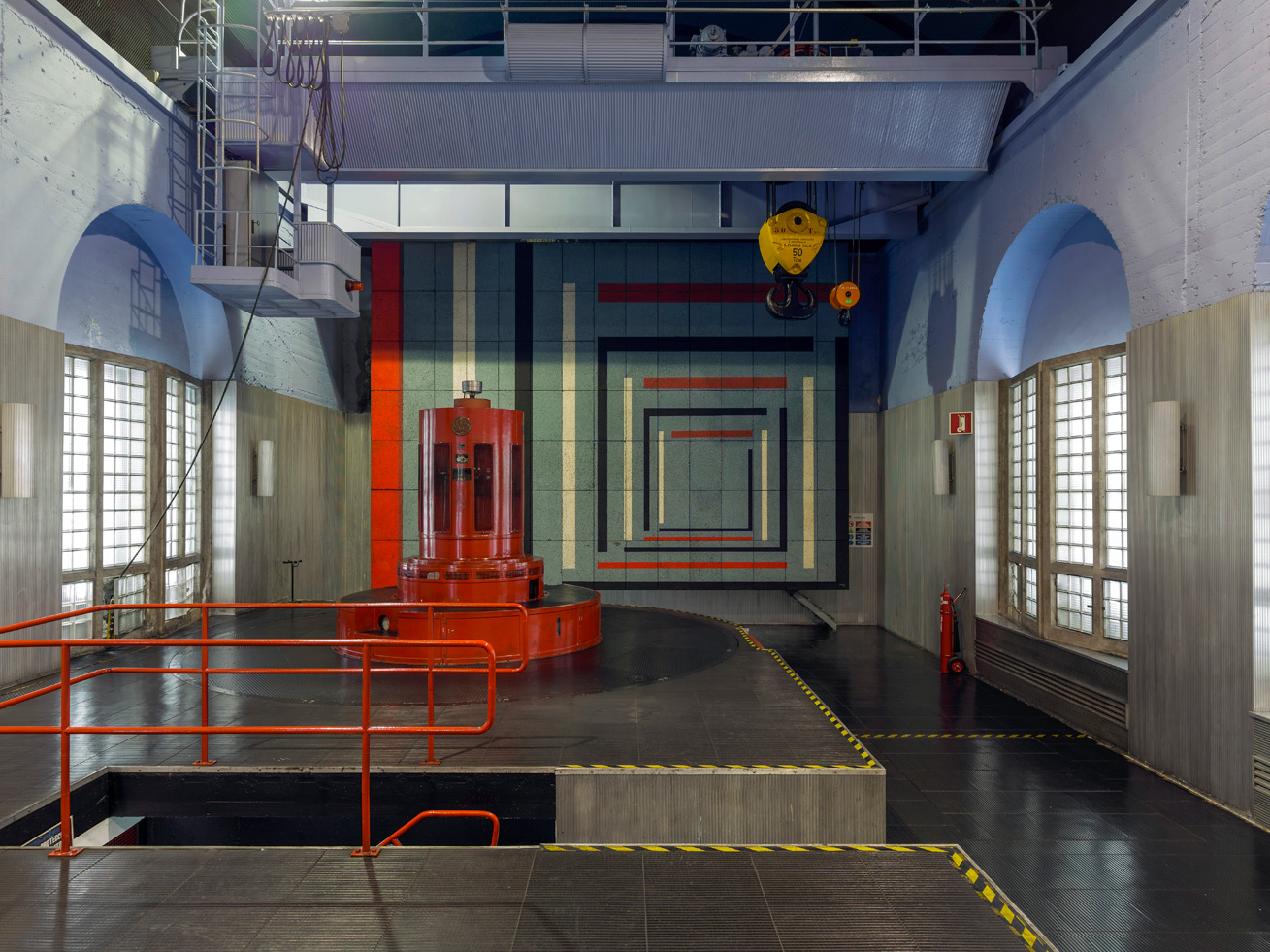
This is a tale of both a family and a country, and their heritages that spanned nearly half a century.
Deep in the Cantabrian Mountains, some 150 kilometres away from his hometown Oviedo in northern Spain, a young Joaquín Vaquero Palacios (1900-1998) used to travel around on horseback with his father, one of the founders of the Hidroeléctrica del Cantábrico company (now part of the EDP group). Here, immersed in resplendent scenery, they scouted for a location for what would become the second largest hydroelectric dam in Europe at the time.
But this was to be no ordinary dam. In the 1950s, Vaquero Palacios – now a trained architect, painter and sculptor – was entrusted by the company’s management to use his creative mind to enhance the environment and condition of its facilities. Over the coming decades, he created some of the finest examples of 20th-century modernist Spanish industrial buildings, integrating technology, architecture, design and art.
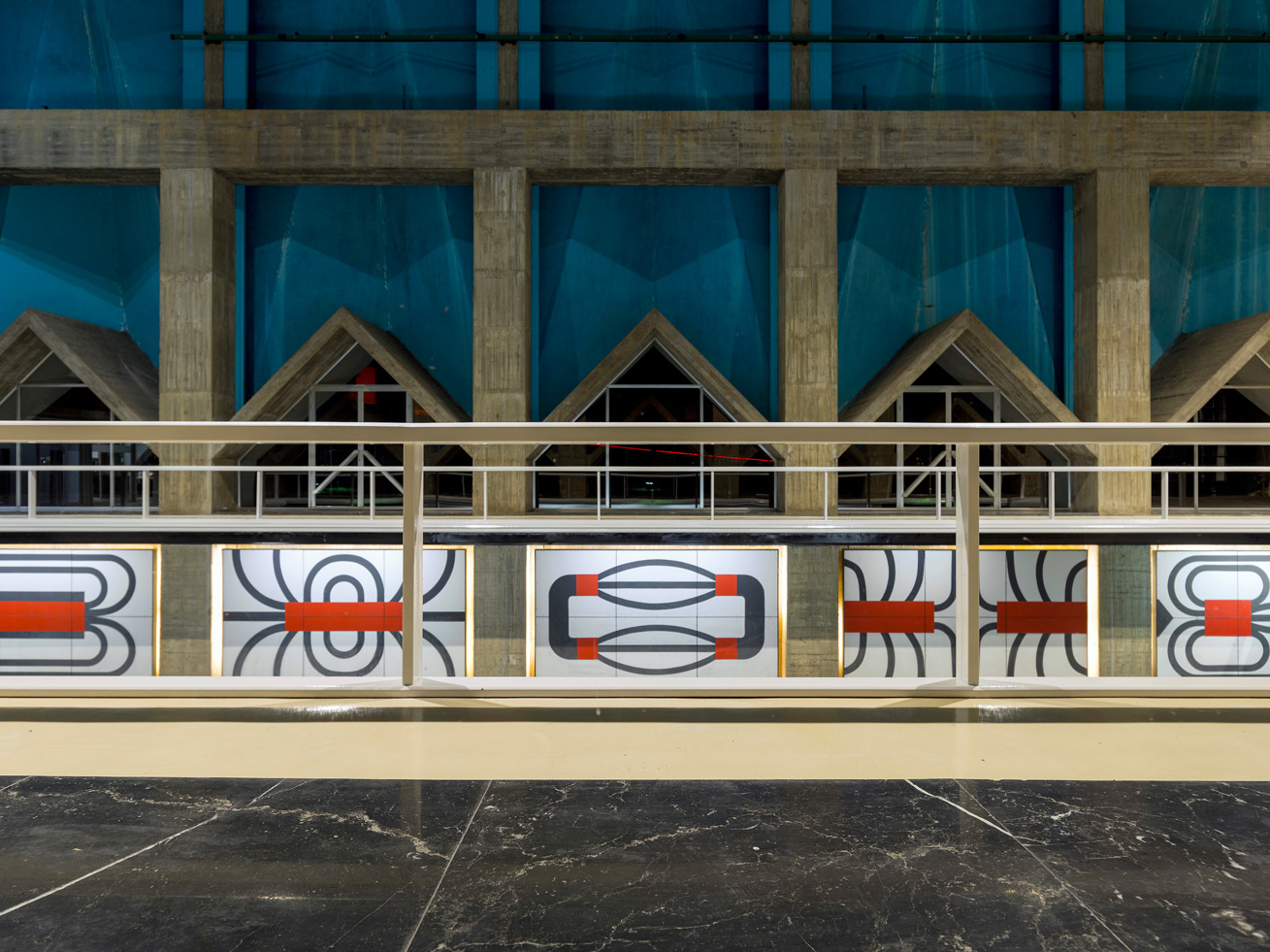
Proaza hydraulic power plant, Trubia River in Proaza, opened 1968, owned by EDP.
Fast forward to 2018 and Joaquín Vaquero Ibáñez, the architect grandson of Vaquero Palacios, who some 18 months ago decided to bring this project to light. ‘This body of work represents the futuristic vision from a very complicated period of Spanish history (the time after the Second World War and the end of the Civil War in Spain). People were able to break local barriers to impose intelligence, sensibility, modernity and an advanced vision of things,’ he says.
Madrid photographer Luis Asín was commissioned to create a new series of visuals to document the dams’ pharaonic dimensions. These images, alongside a selection of unseen old models, original sketches, period photographs and industrial objects, are now part of the exhibition (and accompanying book), ‘Joaquín Vaquero Palacios – The Beauty of the Colossal, Asturias, 1954-1980’, on view at the Museo ICO in Madrid.
Vaquero Palacios started working on Salime, the company’s first plant in Asturias in the late 1950s, and later came the prosperous plants Miranda (1962), Proaza (1968), Aboño (1980), and Tanes (1980). Greatly influenced by both his native landscape and his journeys to places including New York, Mexico City and Rome, the multi-faceted creator designed buildings covered with façades of fractured concrete planes, showing clear influence of expressionist architecture, and designed concrete viewpoints from where to appreciate the monumentality of the dam.
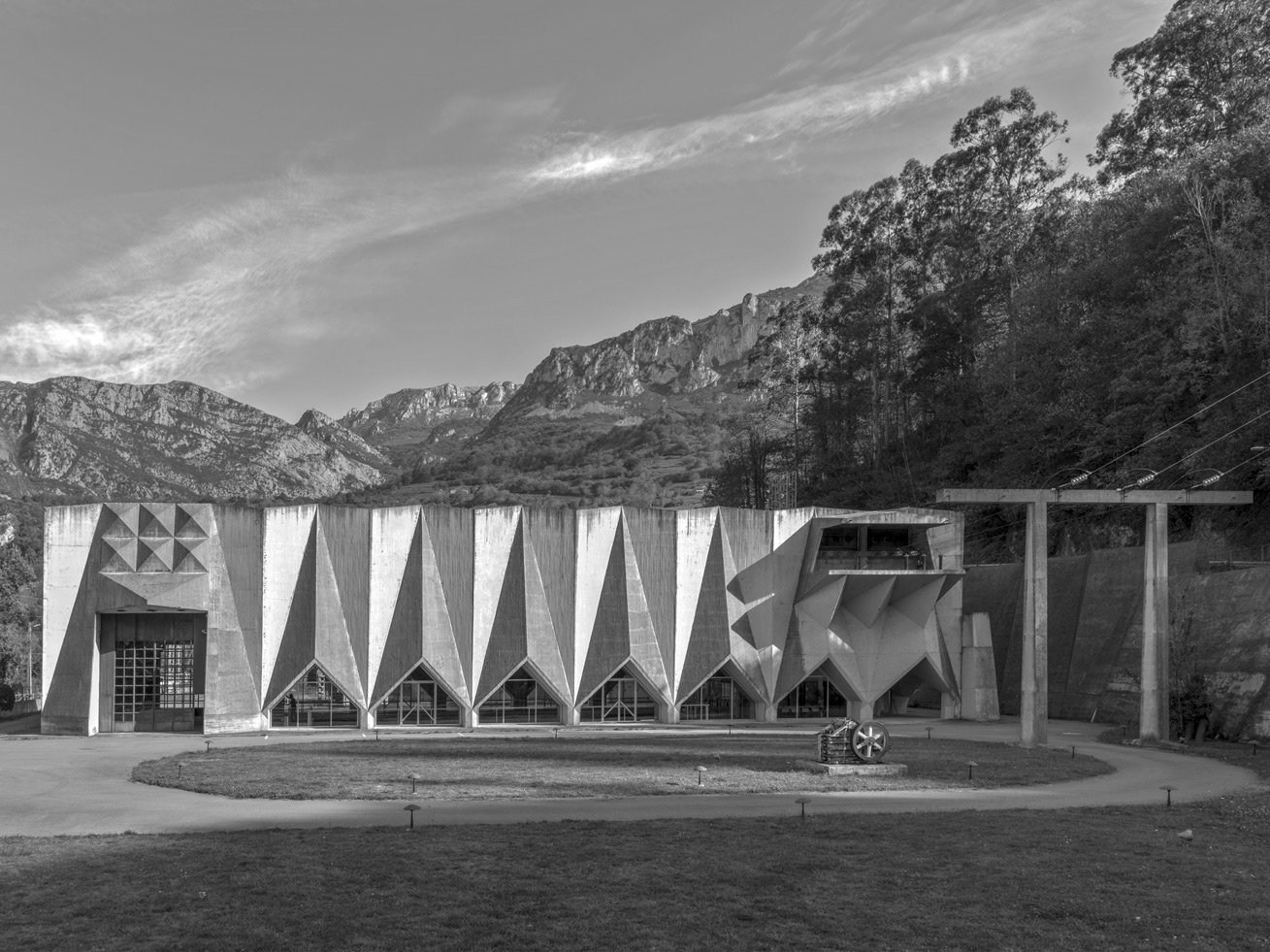
Proaza hydraulic power plant, Trubia River in Proaza, opened 1968, owned by EDP.
The interior is adorned with design elements such as staircases that feature handrails made of electric-cable; a free-standing circular wooden pavilion, in an imitation of a turbine, is placed in the common area as the meeting place; and in the main turbine hall, a vibrant pair of murals cover each side of the room, a co-creation with his son Joaquín Vaquero Turcios (Vaquero Ibáñez’s father). The architect affirmed that the integration of the arts in engineering was absolutely necessary: ‘All our day-to-day activities are saturated so we need to be appeased in some way to survive the tensions which we are subjected to.’
Receive our daily digest of inspiration, escapism and design stories from around the world direct to your inbox.
The achievement is more than an artistic intervention: the creator has succeeded in transforming these spaces through art and architecture; he has dignified the workplace and eliminated the workers’ sense of being buried in underground areas that can plunge as deep as 300 metres. ‘The concept of Gesamtkunstwerk, which balances engineering, architecture, interior design, design and art is something that we should take more in mind in our world of specialisation. We need people with a more general overview of our actual problematics,’ says Vaquero Ibáñez.
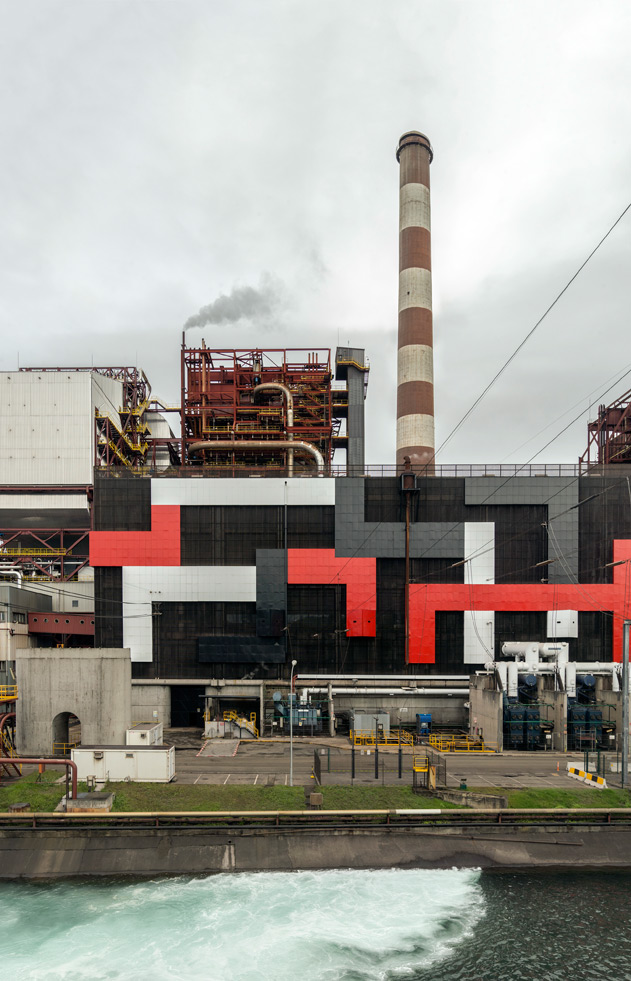
Aboño thermal power plant, Aboño valley between the municipalities of Gijón and Carreño, opened 1980, owned by EDP.
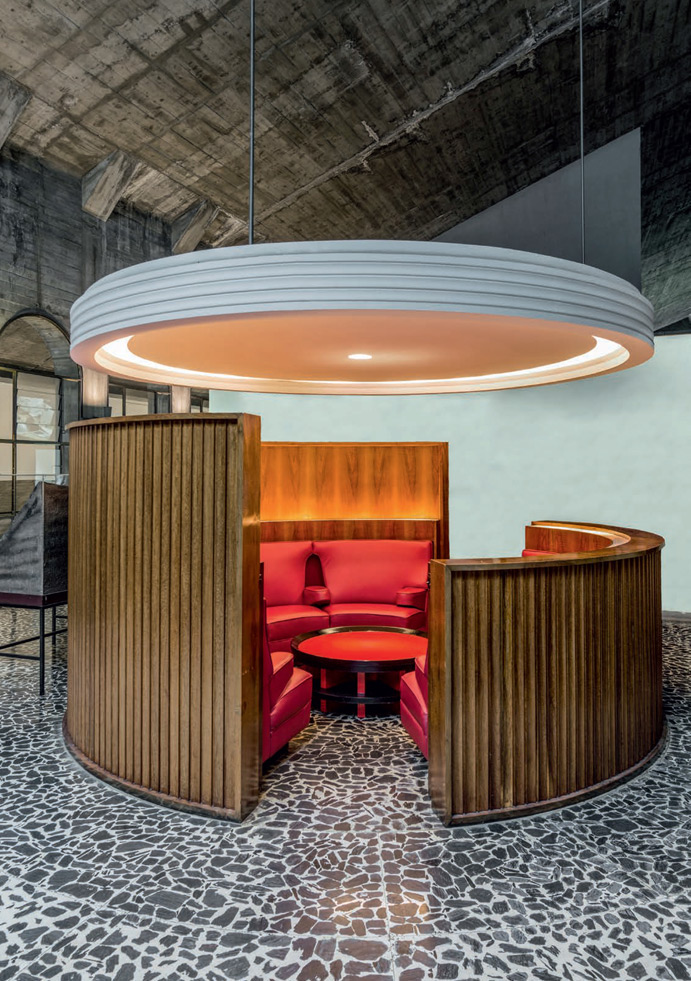
Salime hydraulic power plant, Rio Navia, opened 1954, owned by Saltos del Navia, CB.
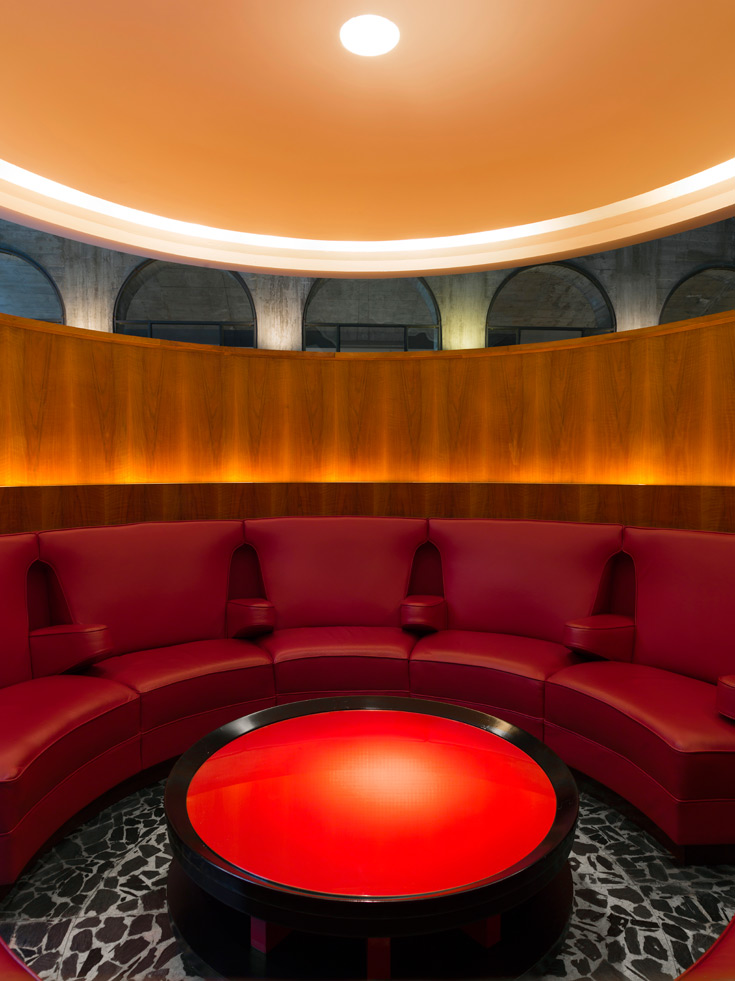
Salime hydraulic power plant, Rio Navia, opened 1954, owned by Saltos del Navia, CB.
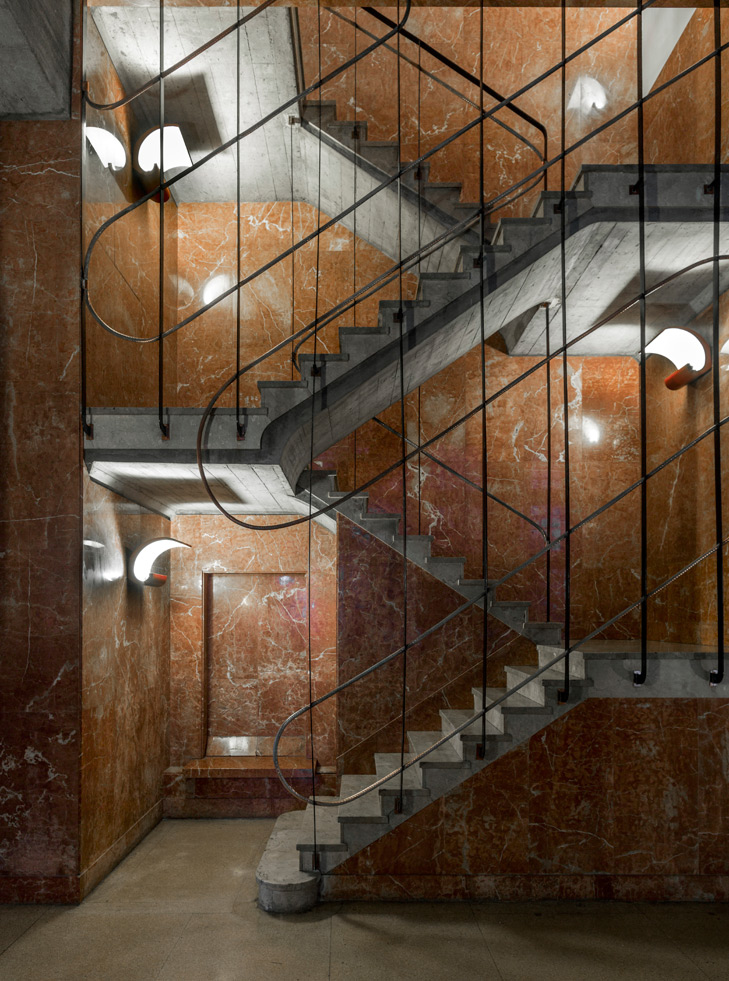
Salime hydraulic power plant, Rio Navia, opened 1954, owned by Saltos del Navia, CB.
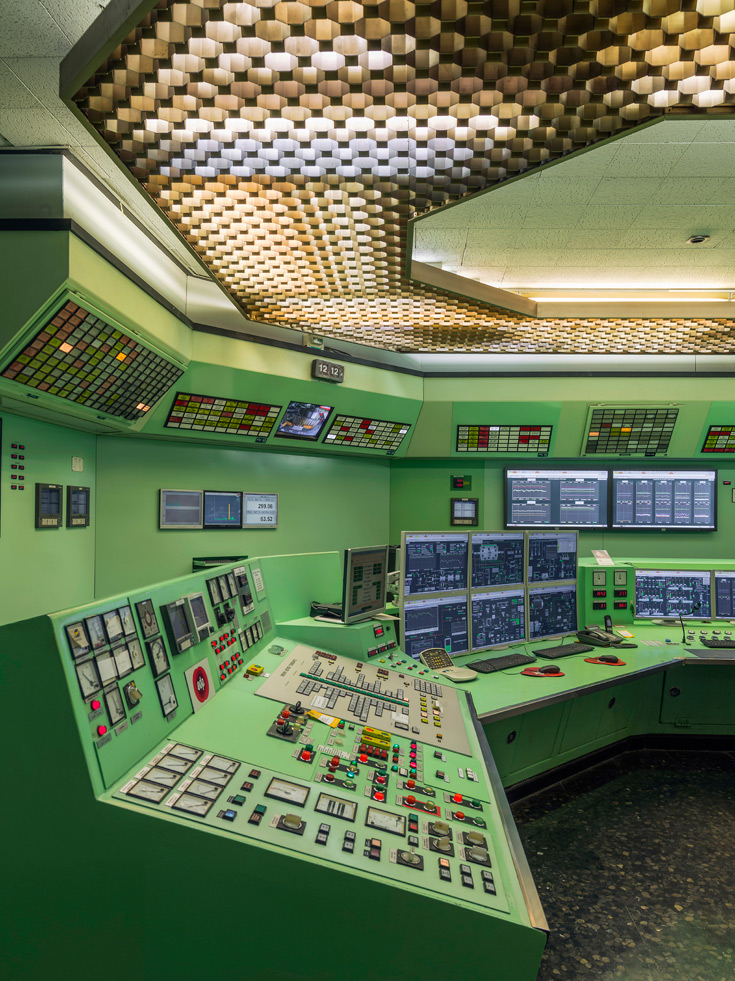
Aboño thermal power plant, Aboño valley between the municipalities of Gijón and Carreño, opened 1980, owned by EDP.
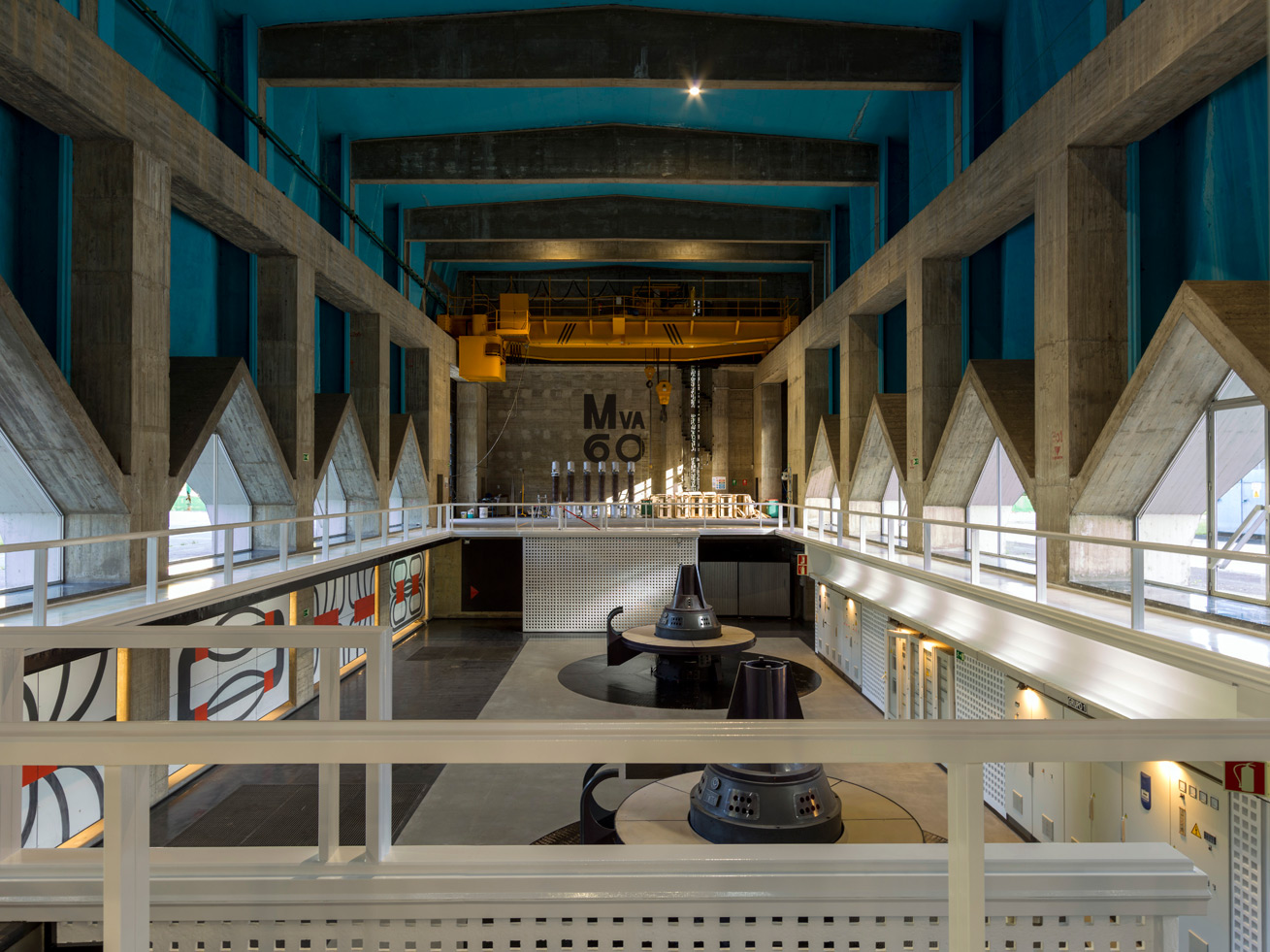
Proaza hydraulic power plant, Trubia River in Proaza, opened 1968, owned by EDP.
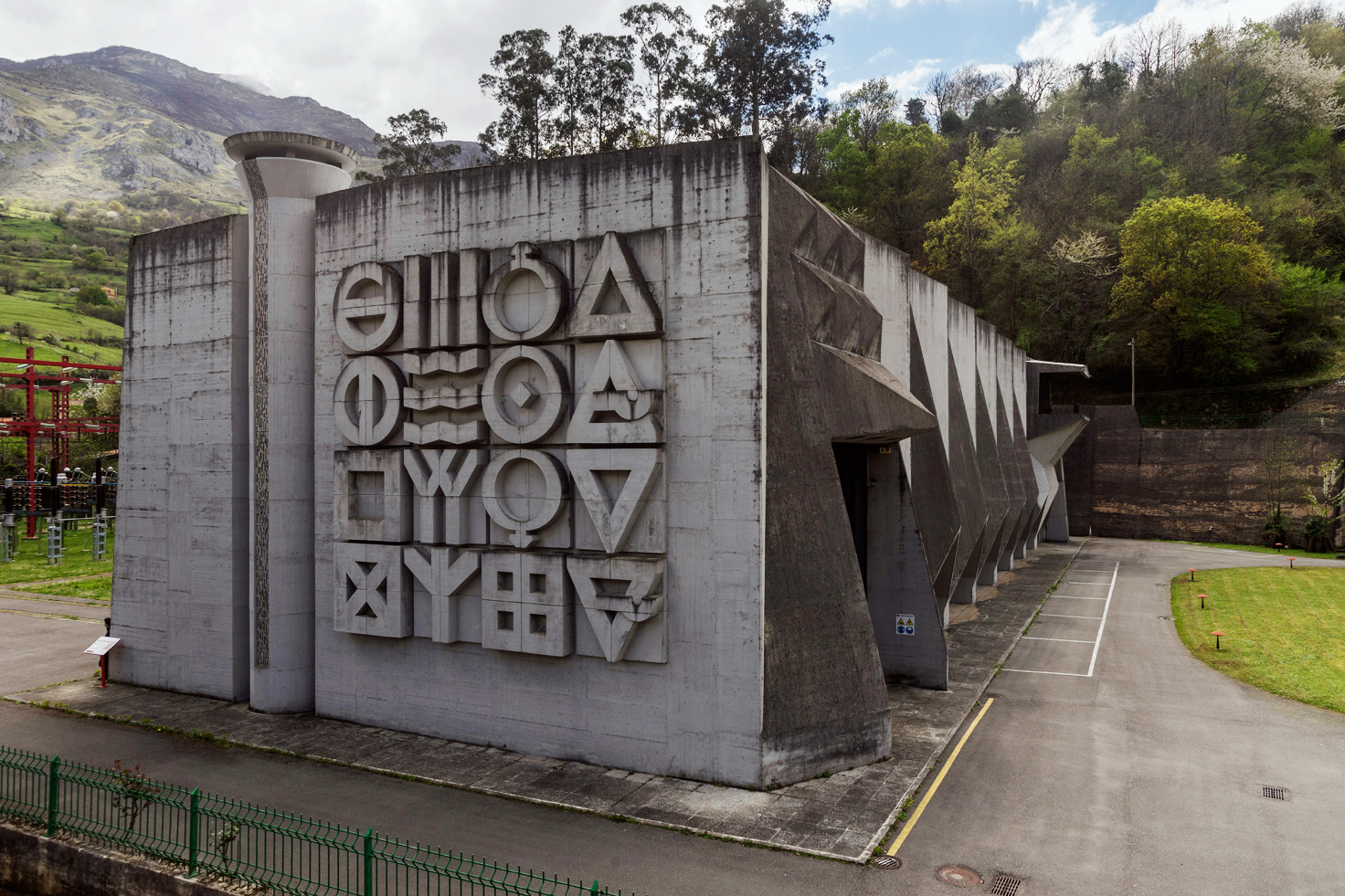
Proaza hydraulic power plant, Trubia River in Proaza, opened 1968, owned by EDP.
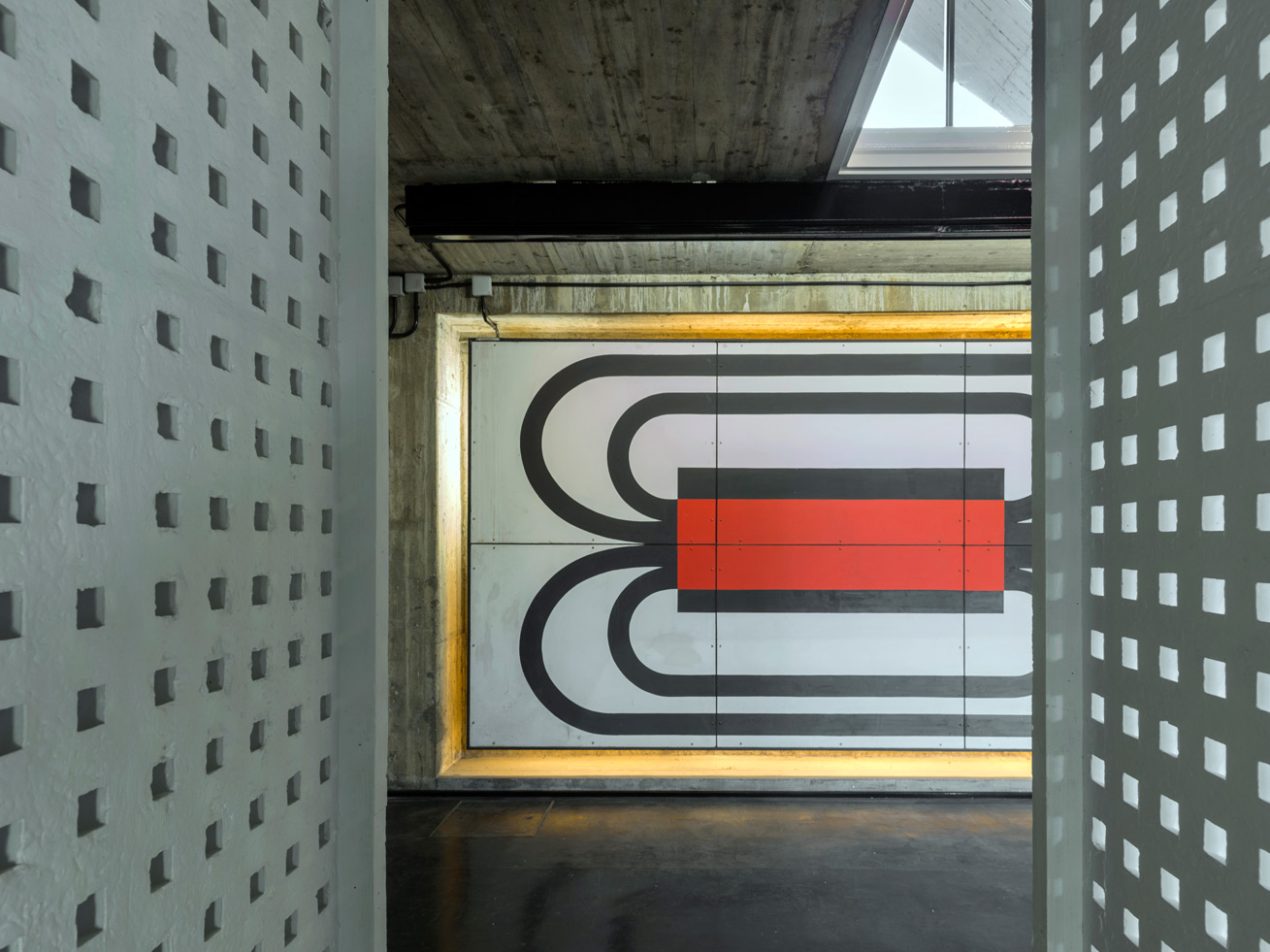
Proaza hydraulic power plant, Trubia River in Proaza, opened 1968, owned by EDP.
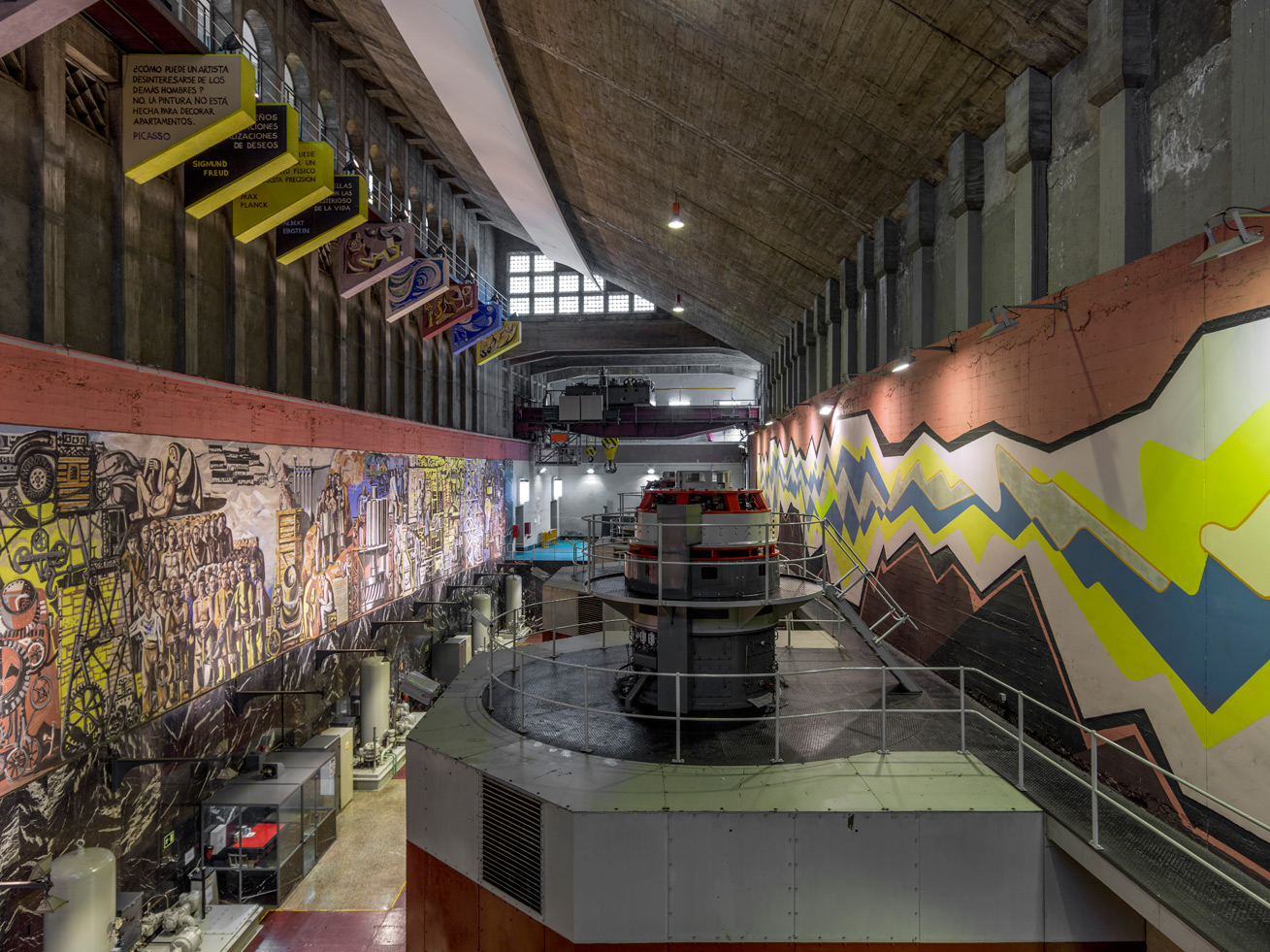
Salime hydraulic power plant, Rio Navia, opened 1954, owned by Saltos del Navia, CB. In the large turbine hall are two huge murals, a joint creation by father and son, Joaquín Vaquero Palacios and Joaquín Vaquero Turcios. The first of the murals, La Chispa, is colourful and abstract, representing an electric discharge between two terminals. The second of the murals, 300 sq m in size, narrates the complex history of the construction process of construction of the dam, from Vaquero Palacios’ arrival on horseback to the town of Grandas de Salime until the final use of the dam.
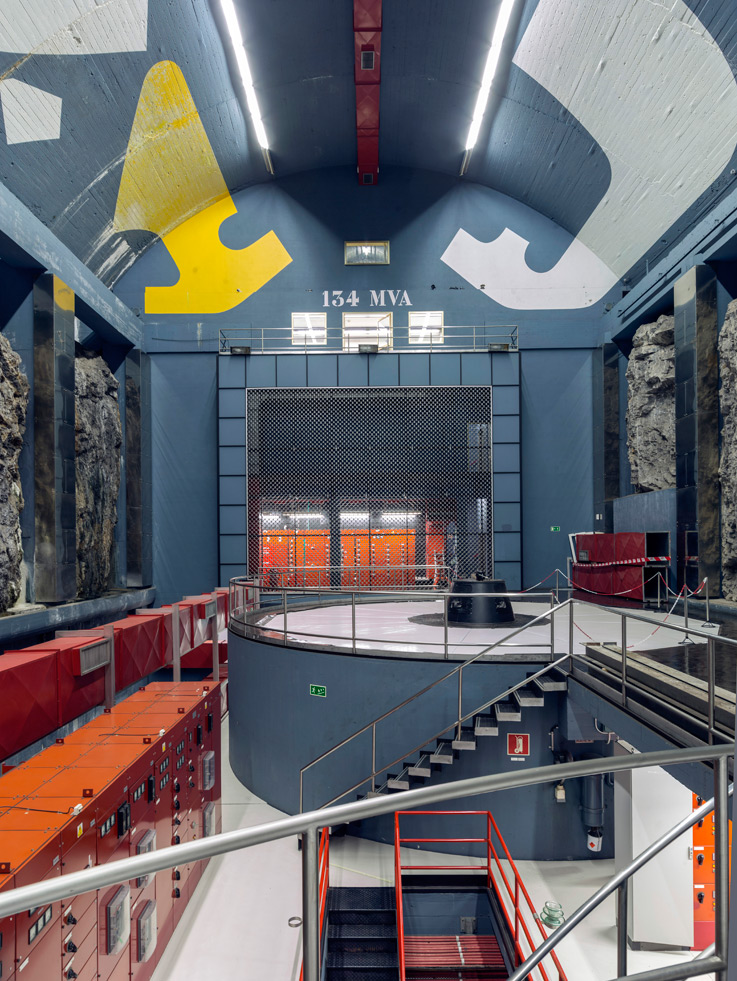
Tanes hydraulic power plant, Nalon River, Caso and Sobrescobio, opened 1978, owned by EDP.
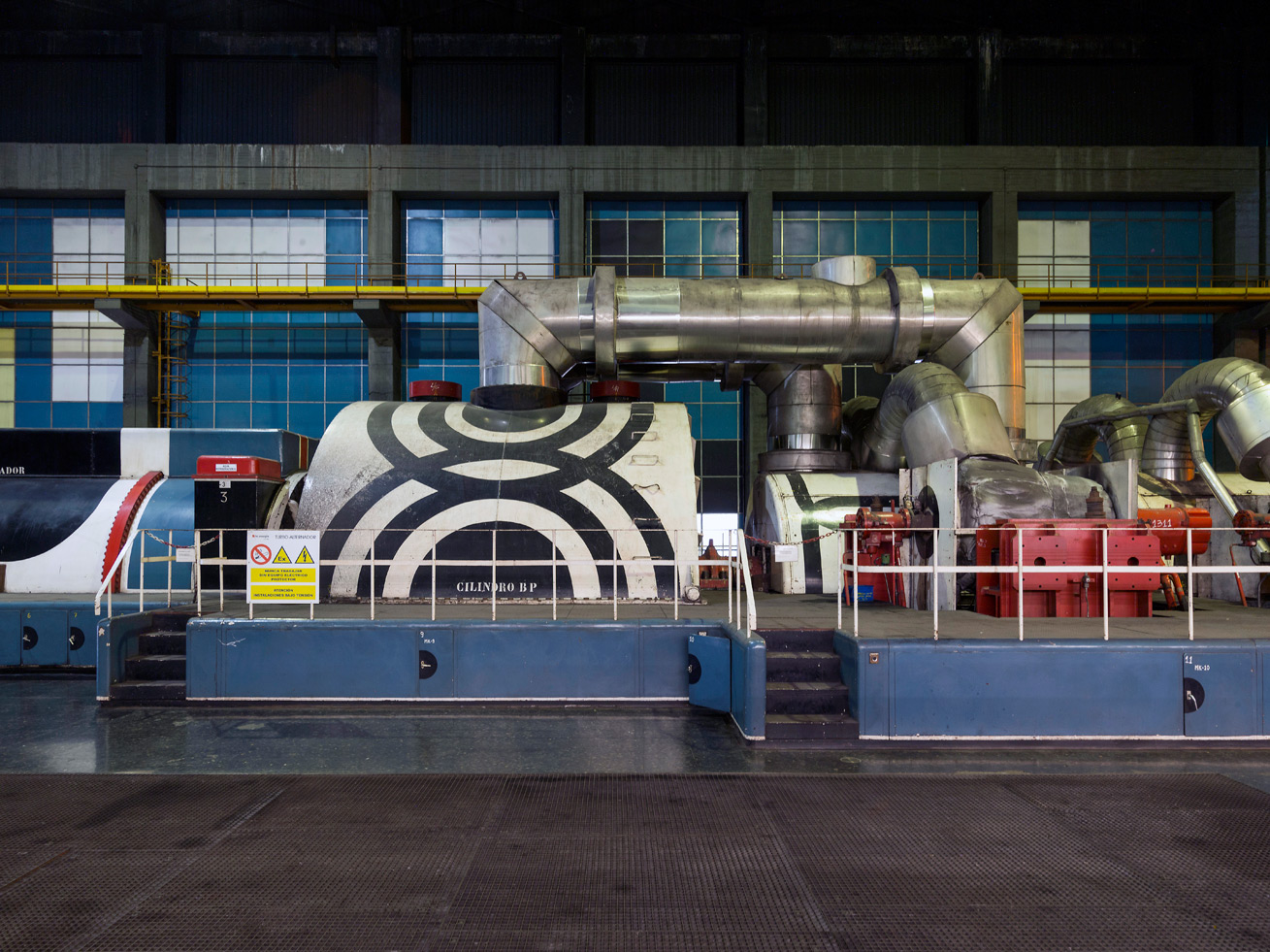
Proaza hydraulic power plant, Trubia River in Proaza, opened 1968, owned by EDP.
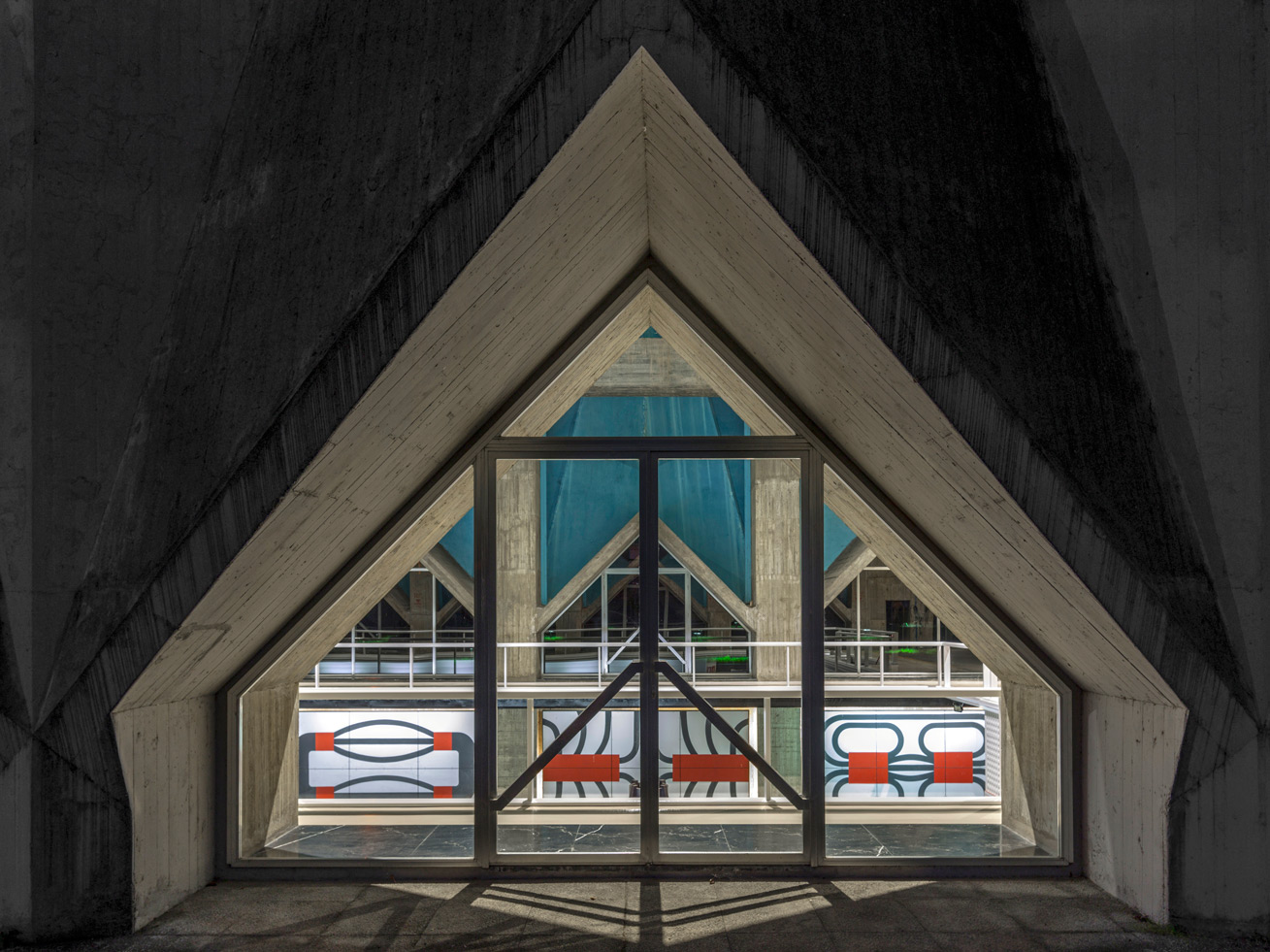
Proaza hydraulic power plant, Trubia River in Proaza, opened 1968, owned by EDP.
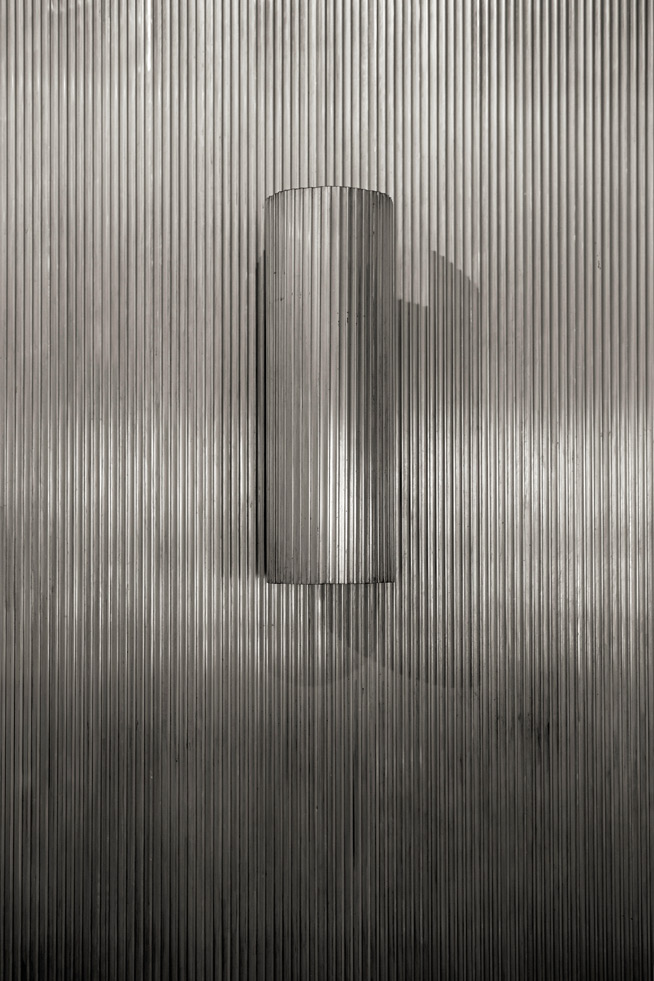
Miranda hydraulic power plant, Pigüeña River in Belmonte de Miranda, opened 1962, owned by EDP.
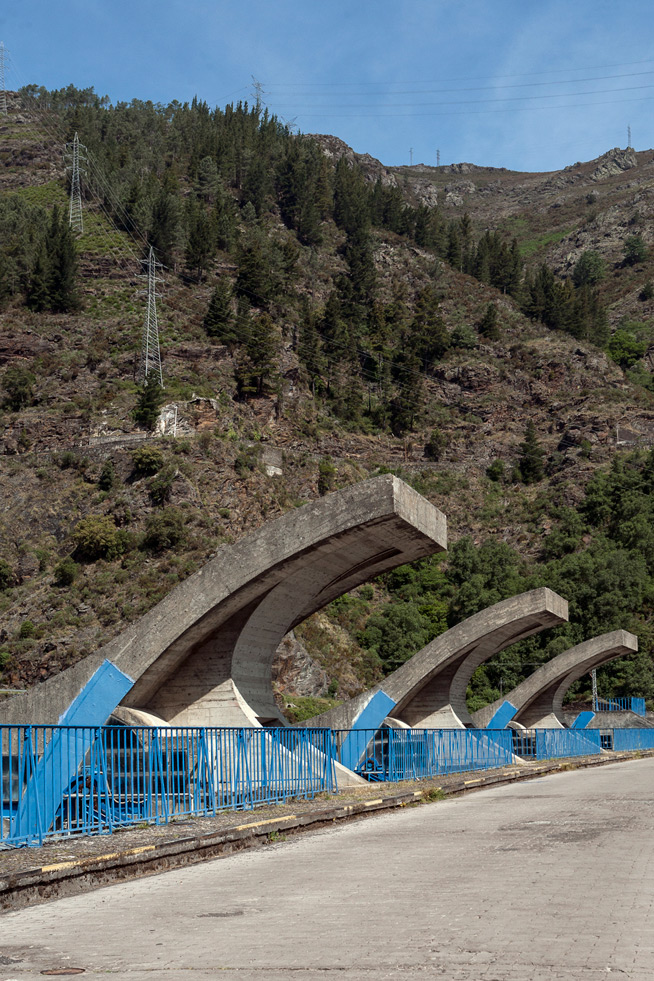
Salime hydraulic power plant, Rio Navia, opened 1954, owned by Saltos del Navia, CB.
INFORMATION
‘Joaquín Vaquero Palacios. La belleza de lo descomunal. Asturias 1954–1980’ is on view until 6 May. For more information, visit the Museo ICO website
ADDRESS
Museo ICO
Calle de Zorrilla 3
28014 Madrid
Yoko Choy is the China editor at Wallpaper* magazine, where she has contributed for over a decade. Her work has also been featured in numerous Chinese and international publications. As a creative and communications consultant, Yoko has worked with renowned institutions such as Art Basel and Beijing Design Week, as well as brands such as Hermès and Assouline. With dual bases in Hong Kong and Amsterdam, Yoko is an active participant in design awards judging panels and conferences, where she shares her mission of promoting cross-cultural exchange and translating insights from both the Eastern and Western worlds into a common creative language. Yoko is currently working on several exciting projects, including a sustainable lifestyle concept and a book on Chinese contemporary design.
-
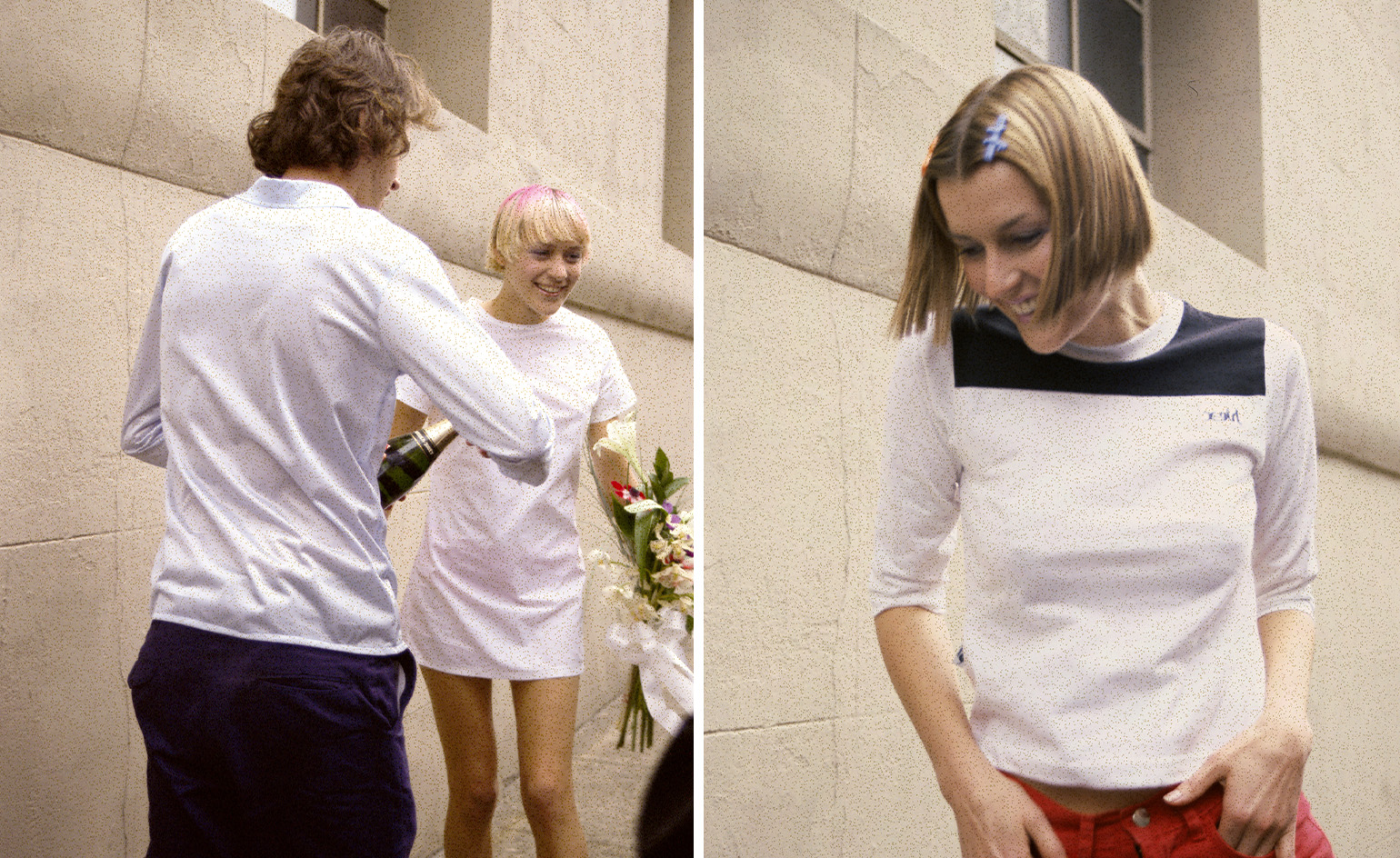 Remembering X-girl’s notorious 1994 fashion show, which starred a pre-fame Chloë Sevigny
Remembering X-girl’s notorious 1994 fashion show, which starred a pre-fame Chloë SevignyA new book by Angela Hill, ‘X-girl Show’ – featuring an introduction by Chloë Sevigny – documents the cult label’s renegade 1990s fashion show, which took place in New York and captured a changing underground look
-
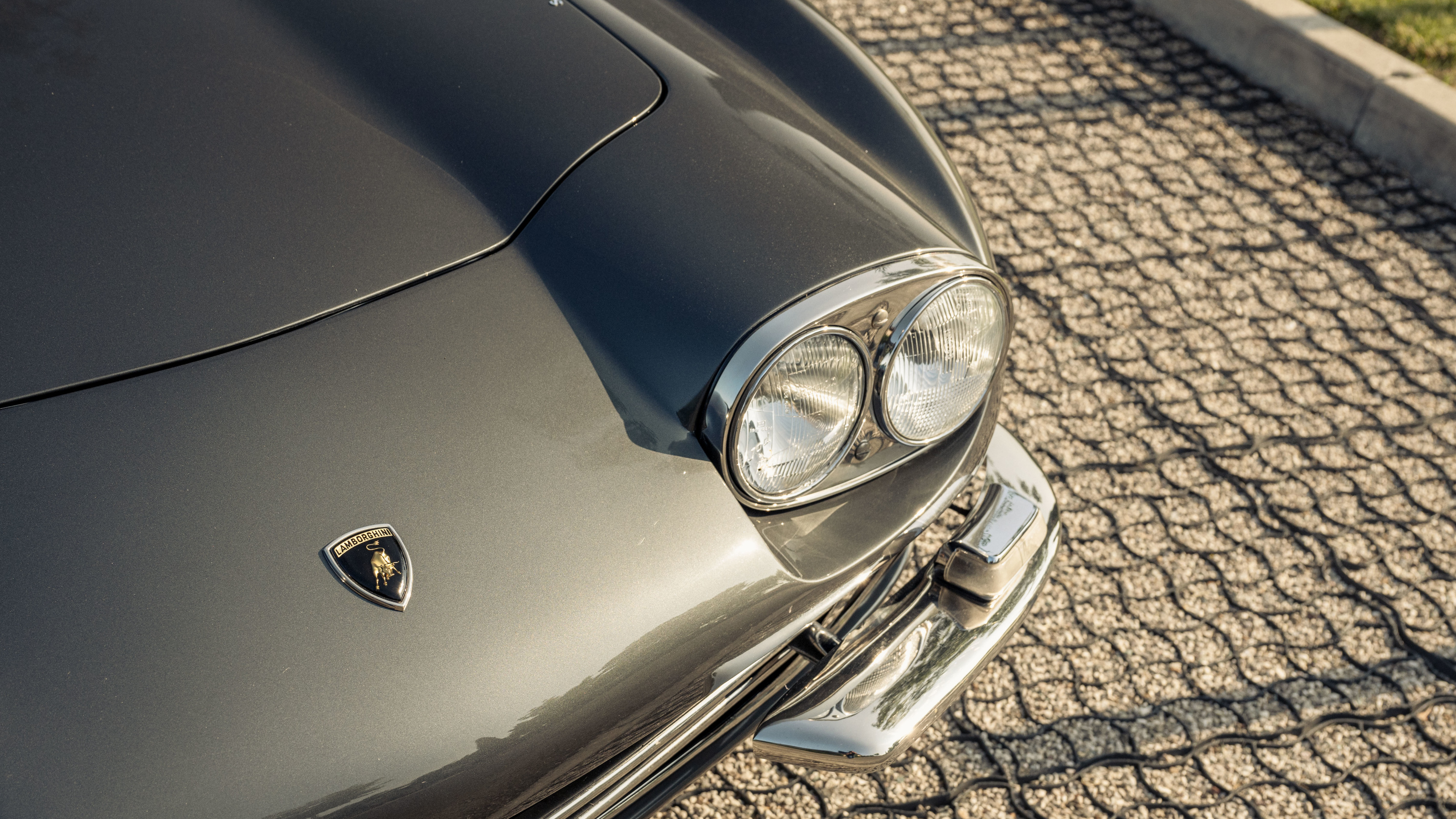 How to spot a fake Lamborghini: inside the sports car manufacturer’s Polo Storico division
How to spot a fake Lamborghini: inside the sports car manufacturer’s Polo Storico divisionFake or fortune? We talk to the team of Lamborghini experts who can spot a priceless classic from a phoney
-
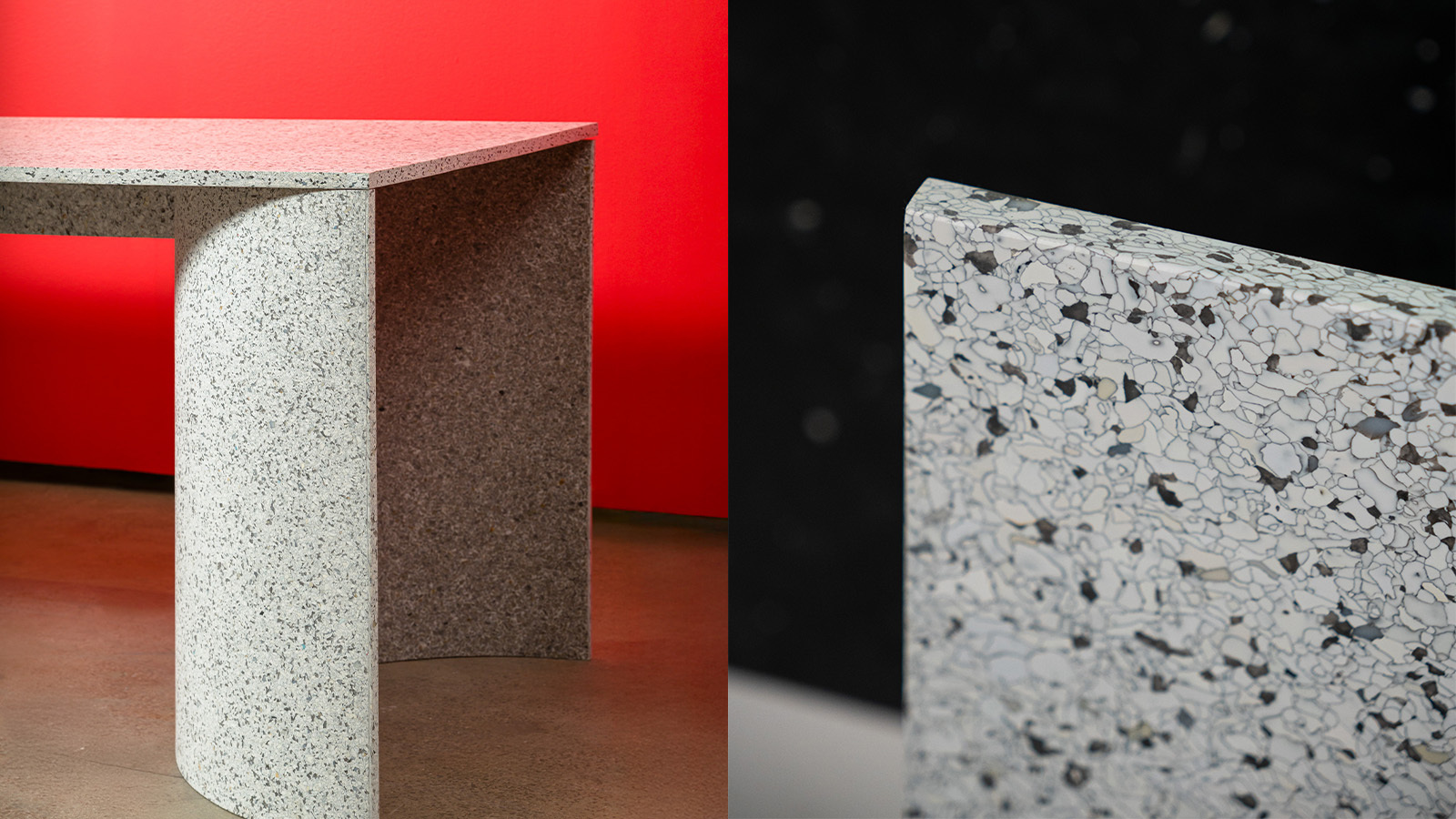 Meet The Good Plastic Company, rethinking the way we use plastic
Meet The Good Plastic Company, rethinking the way we use plasticThis creatively responsible brand supplied, and recycled, the plastic plinths used in Wallpaper’s Milan Design Week exhibition. Here’s how it is reimagining the use and reuse of the contentious material
-
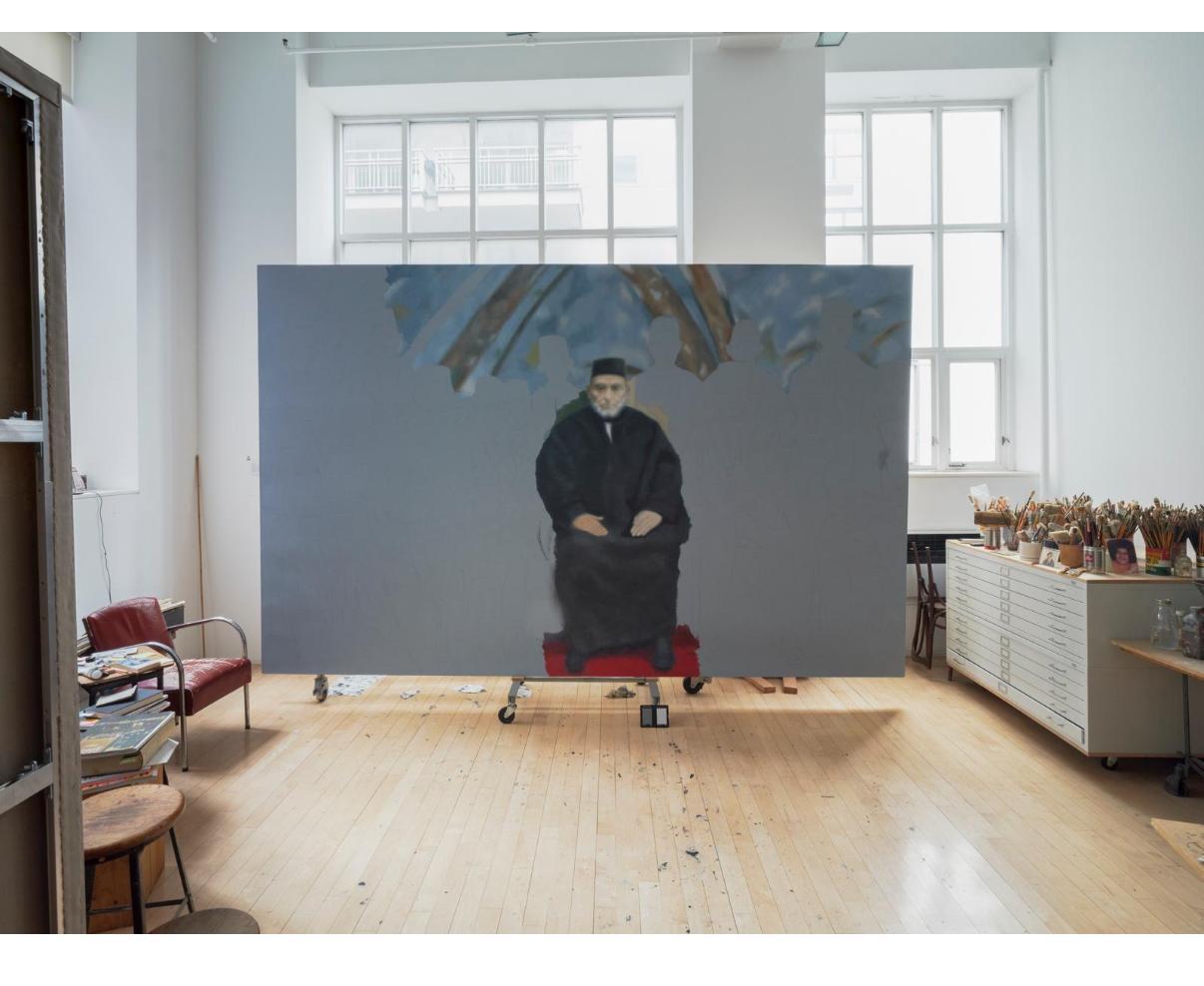 YZ Kami's meditative, architecturally inspired ‘Domes’ take over Gagosian Beverly Hills
YZ Kami's meditative, architecturally inspired ‘Domes’ take over Gagosian Beverly HillsA collection of the artist’s ‘Dome’ and ‘Messenger’ paintings inspires moments of contemplation in LA
-
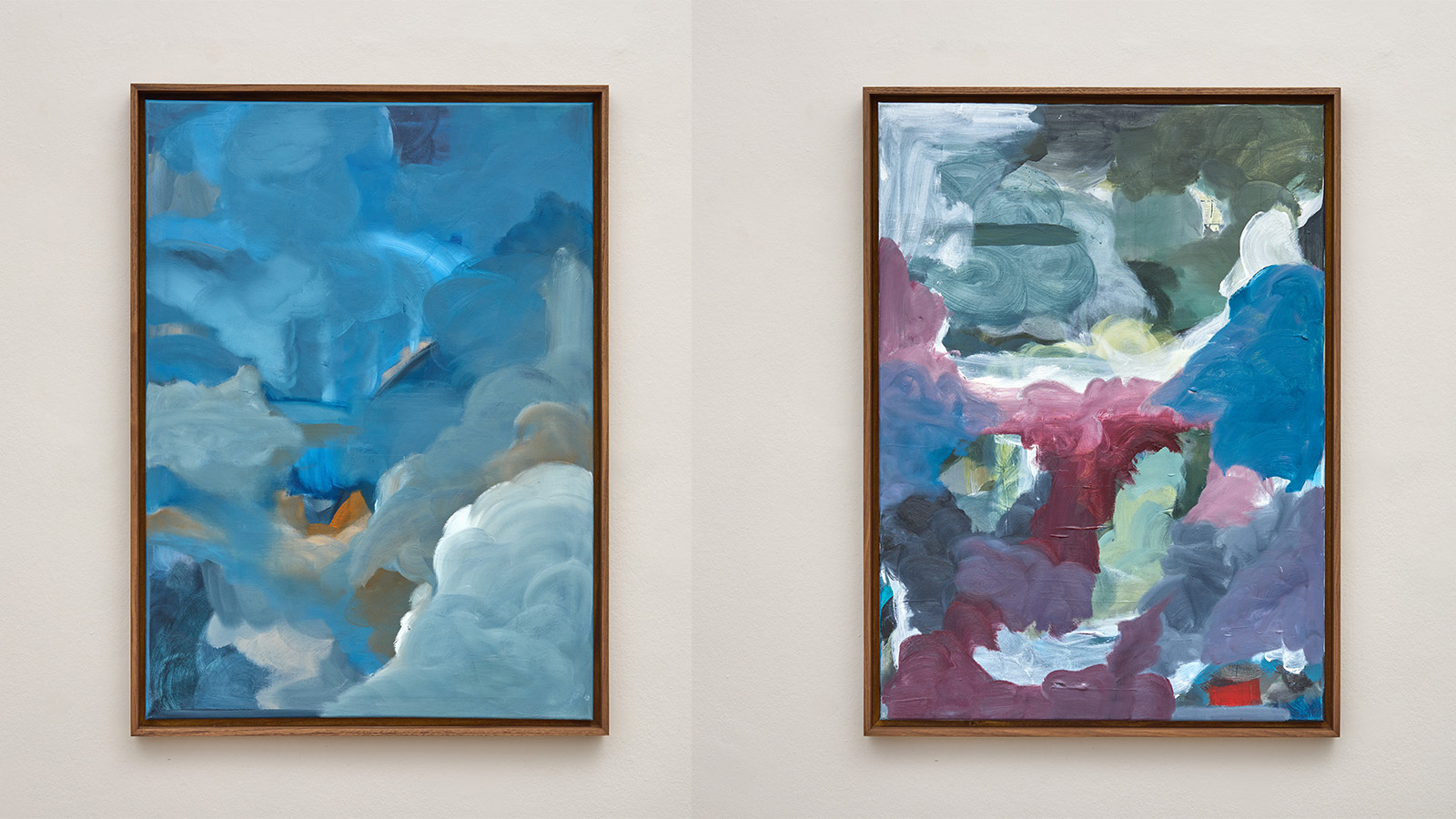 Leila Bartell’s cloudscapes are breezily distorted, a response to an evermore digital world
Leila Bartell’s cloudscapes are breezily distorted, a response to an evermore digital world‘Memory Fields’ is the London-based artist’s solo exhibition at Tristan Hoare Gallery (until 25 July 2025)
-
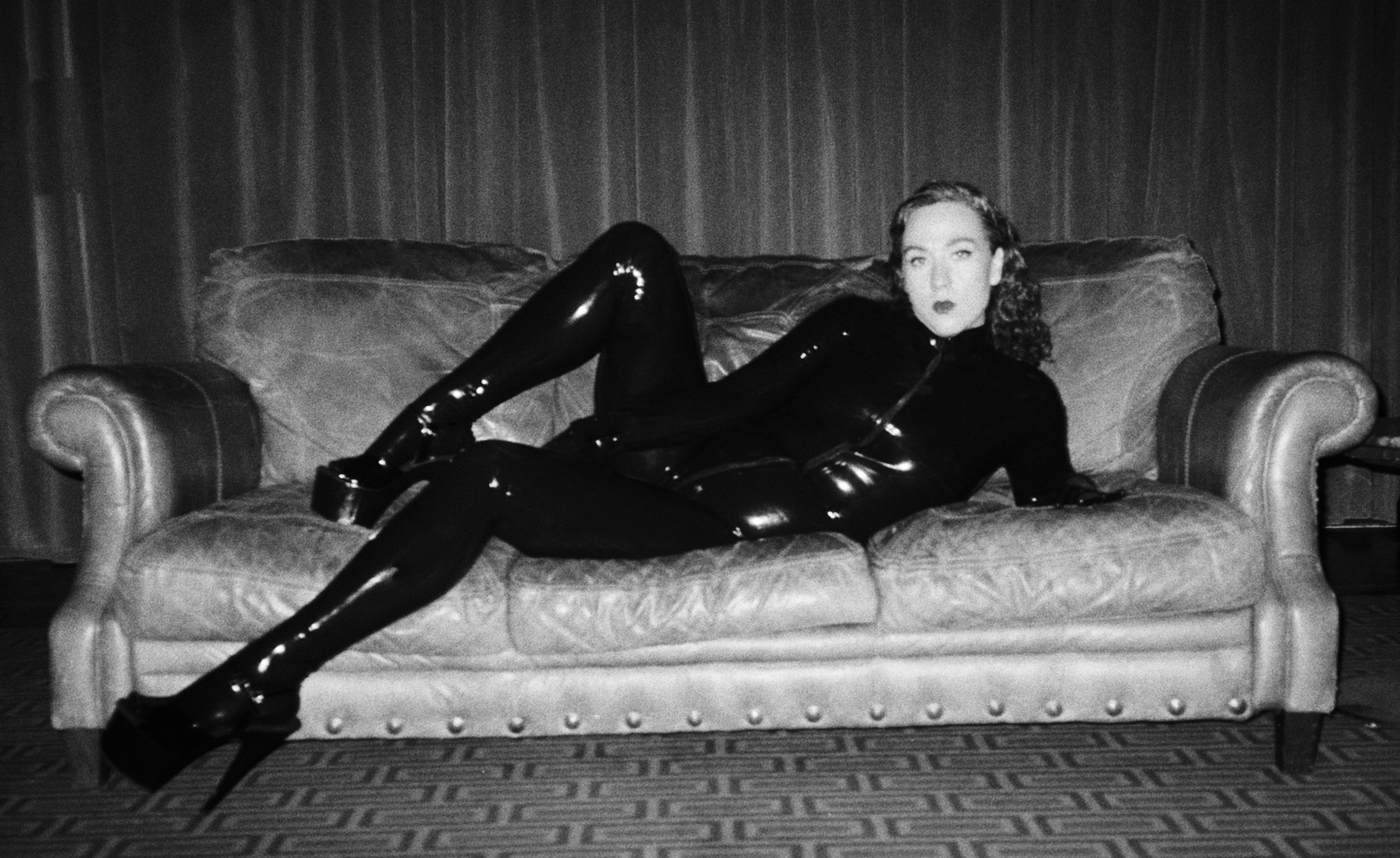 We are all fetishists, says Anastasia Fedorova in her new book, which takes a deep dive into kink
We are all fetishists, says Anastasia Fedorova in her new book, which takes a deep dive into kinkIn ‘Second Skin’, writer and curator Fedorova takes a tour through the materials, objects and power dynamics we have fetishised
-
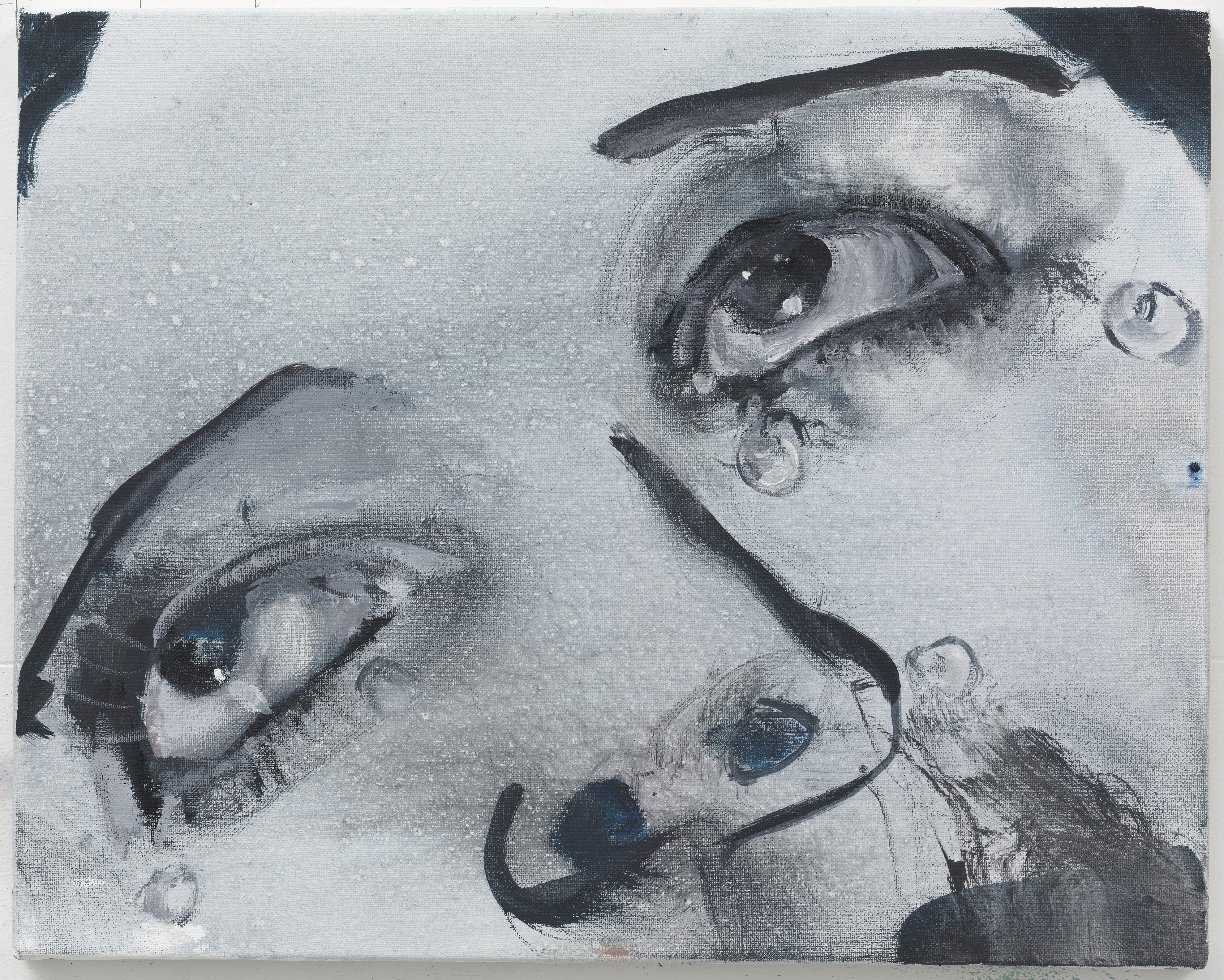 Marlene Dumas’ charged, exposed and intimate figures gather in Athens
Marlene Dumas’ charged, exposed and intimate figures gather in AthensThe artist’s work from 1992 until the present day goes on show at Athens’ Museum of Cycladic Art (until 2 November)
-
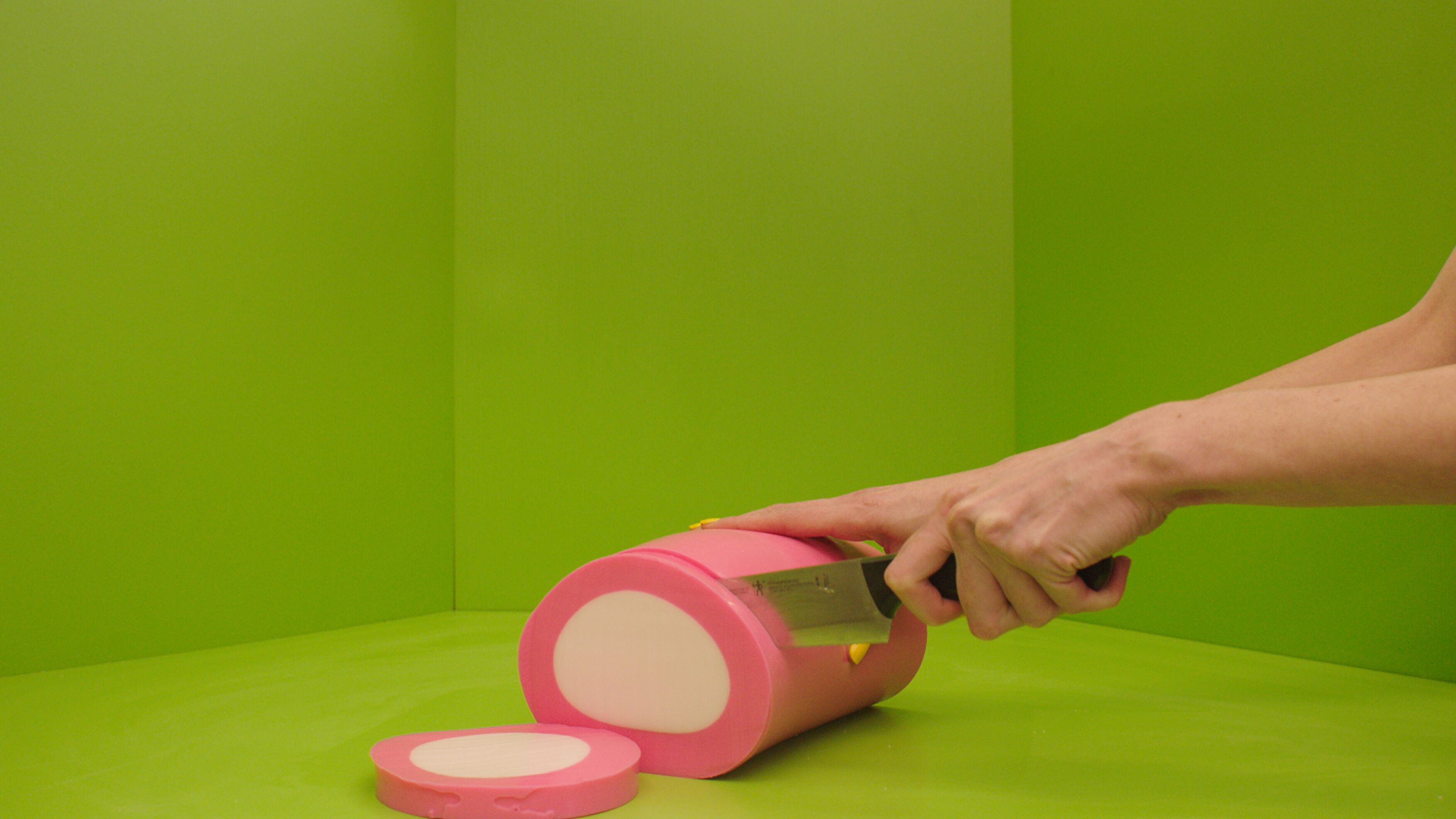 What is recycling good for, asks Mika Rottenberg at Hauser & Wirth Menorca
What is recycling good for, asks Mika Rottenberg at Hauser & Wirth MenorcaUS-based artist Mika Rottenberg rethinks the possibilities of rubbish in a colourful exhibition, spanning films, drawings and eerily anthropomorphic lamps
-
 The gayest love story ever told: Jeremy Atherton Lin's memoir is a tribute to home
The gayest love story ever told: Jeremy Atherton Lin's memoir is a tribute to homeIn 'Deep House: The Gayest Love Story Ever Told', Jeremy Atherton Lin mixes memoir with a historical deep-dive into marriage equlaity
-
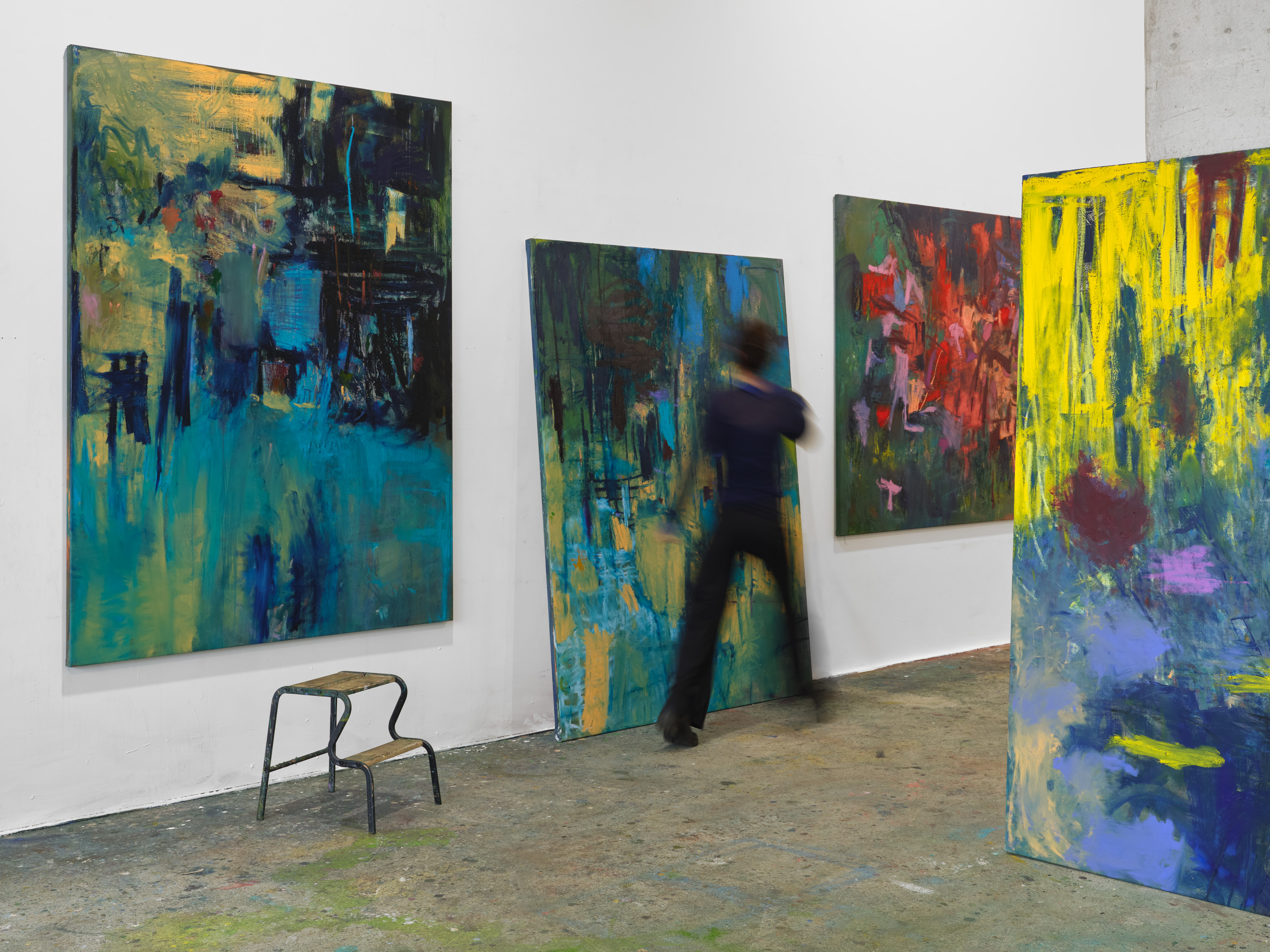 Get lost in Megan Rooney’s abstract, emotional paintings
Get lost in Megan Rooney’s abstract, emotional paintingsThe artist finds worlds in yellow and blue at Thaddaeus Ropac London
-
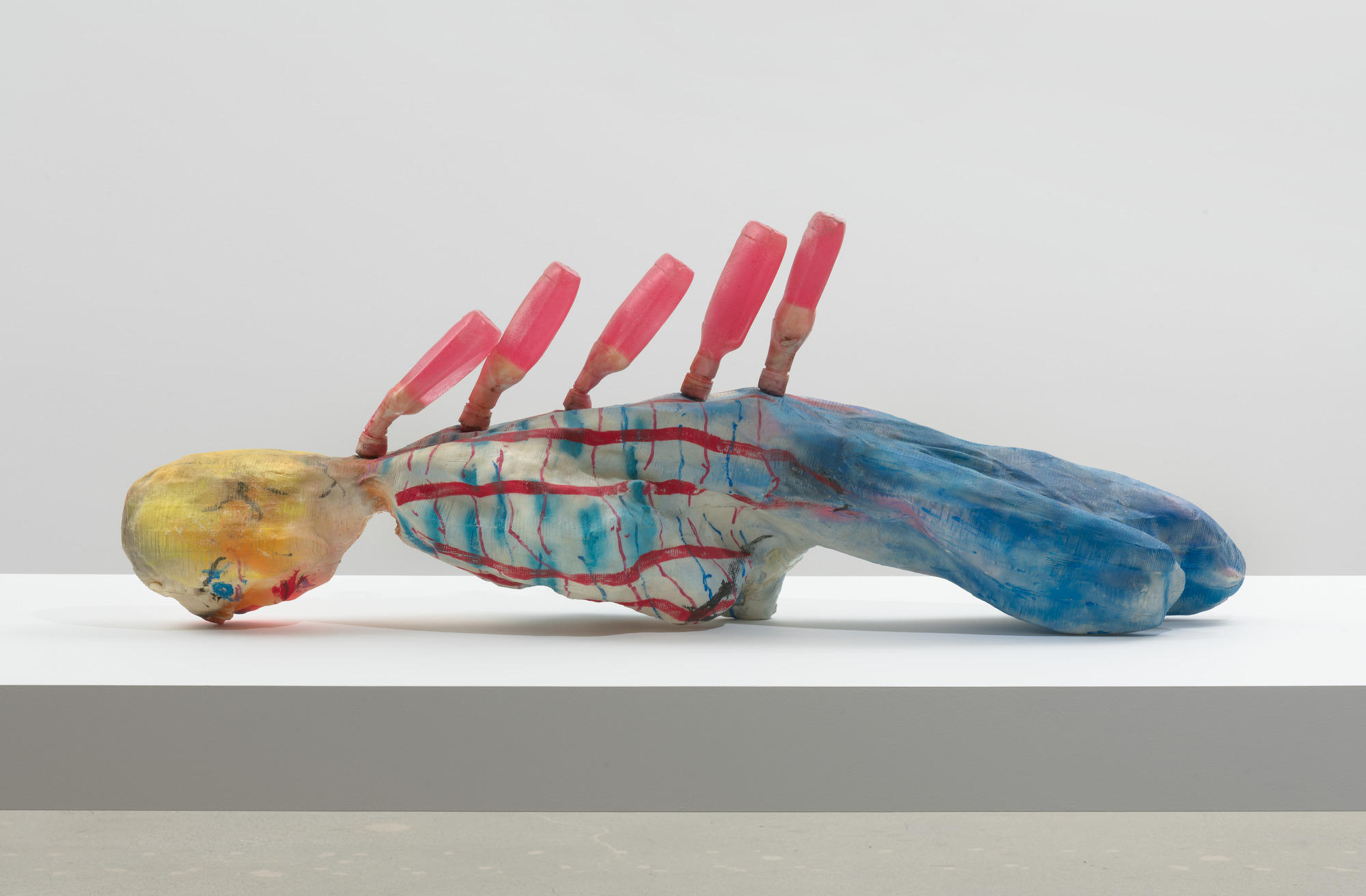 Kaari Upson’s unsettling, grotesque and seductive world in Denmark
Kaari Upson’s unsettling, grotesque and seductive world in DenmarkThe Louisiana Museum of Modern Art in Denmark is staging the first comprehensive survey of late artist Kaari Upson’s work